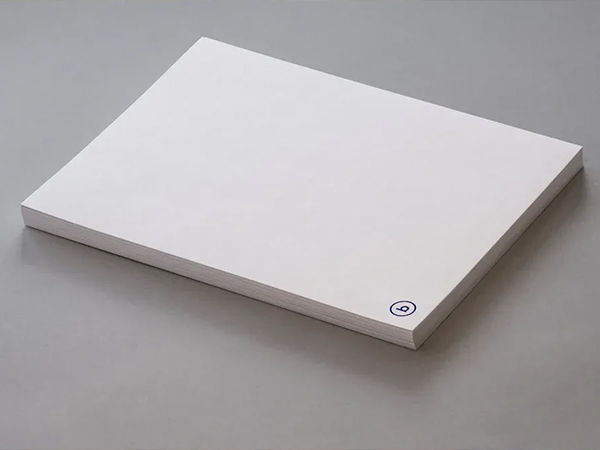Defoamers are essential additives used to eliminate or suppress foam in various industrial processes. Among the most common types are silicone-based and polyether-based defoamers, each with unique properties and application scenarios.
In this article, we explore the differences between silicone and polyether defoamers, focusing on their compositions, performance characteristics, and typical use environments.
1. Silicone-Based Defoamers
Silicone defoamers are primarily composed of silicone oils (such as polydimethylsiloxane) and emulsifying agents, sometimes blended with hydrophobic silica and other surfactants. Thanks to their molecular structure, they can be used in both aqueous (water-based) and non-aqueous (oil-based) systems.
Key Advantages:
- Excellent balance of foam breaking and foam suppression ability
- Fast-acting and highly effective at low concentrations
- Non-toxic, odorless, and non-irritating, suitable for sensitive processes
- Broad compatibility across multiple industries (e.g., paper, coatings, wastewater)
Limitation:
- Emulsification can be challenging — poor emulsification may compromise overall performance.
2. Polyether-Based Defoamers
Polyether defoamers are primarily made from polyether compounds and stabilizing agents. They are typically used in water-based foaming systems and are valued for their strong anti-foaming (foam suppression) capabilities, rather than foam-breaking performance.
Key Advantages:
- Excellent foam suppression in aqueous systems
- Best applied before foaming occurs for preventive control
- Easy to formulate in specific surfactant-heavy or hydrophilic environments
Limitation:
- Limited foam-breaking performance
- Not suitable for oil-based systems
Comparison Table: Silicone vs. Polyether Defoamers
| Criteria | Silicone-Based Defoamer | Polyether-Based Defoamer |
|---|---|---|
| Main Ingredients | Silicone oil + emulsifier + hydrophobic silica | Polyether compounds + stabilizers |
| Foam Breaking | Excellent | Limited |
| Foam Suppression | Good | Very Strong |
| Application Systems | Aqueous and oil-based | Mainly aqueous |
| Recommended Usage Time | Before or after foaming | Before foaming |
| Toxicity & Safety | Non-toxic, odorless, no irritation | Generally safe |
| Typical Application Issues | Emulsification instability may reduce performance | Weak foam-breaking ability |
| Industries Applied | Paper, textiles, coatings, wastewater treatment, petrochemical | Water-based paints, adhesives, detergents |
Conclusion
When selecting a defoamer, it’s essential to match the product to your foaming system:
- For broad-spectrum, fast-acting performance across both water- and oil-based systems, silicone-based defoamers are preferred.
- If the goal is to prevent foam formation in aqueous systems, especially in processes where foam suppression is critical, polyether-based defoamers offer reliable long-term performance.
Want to learn more about customized defoamer solutions for the paper and packaging industry? Explore our defoamer products ➜






